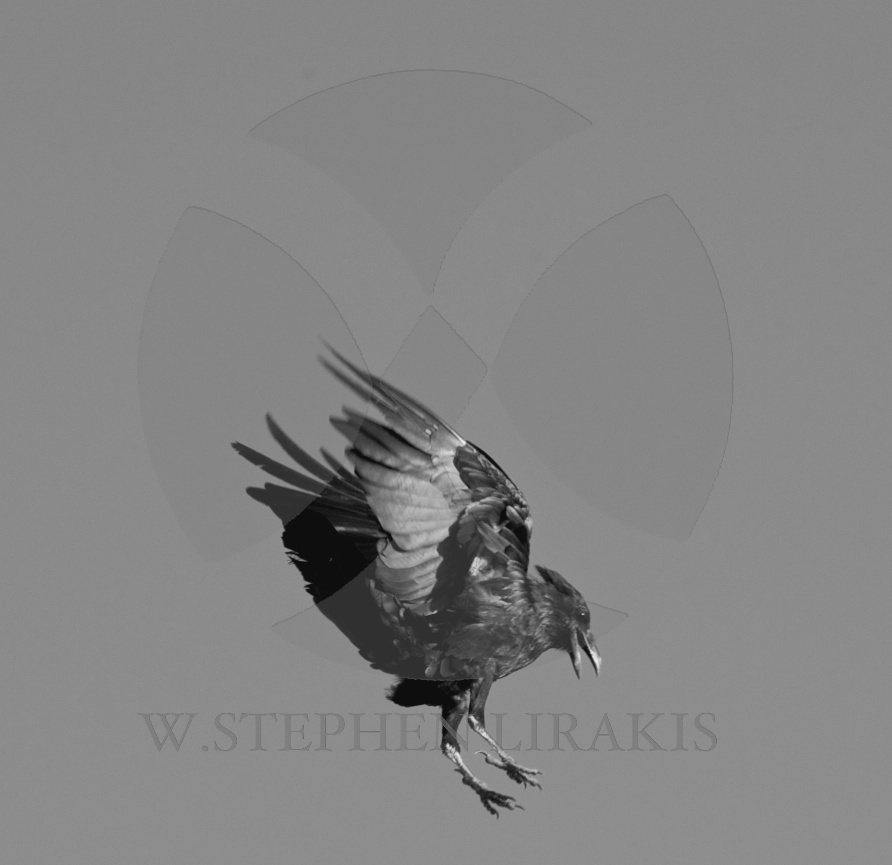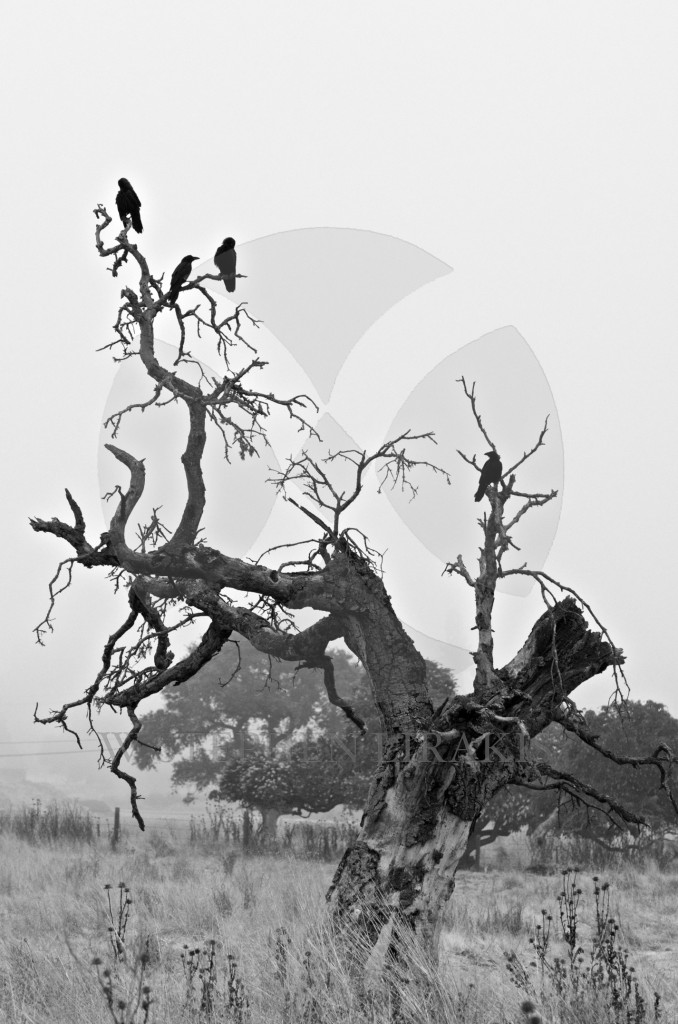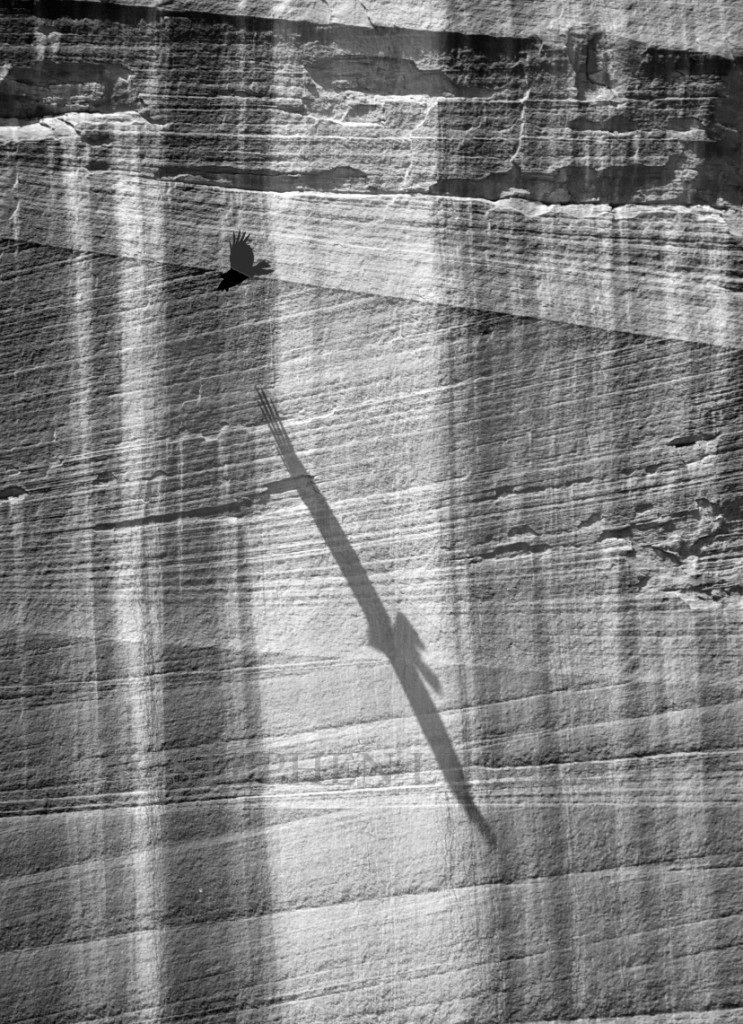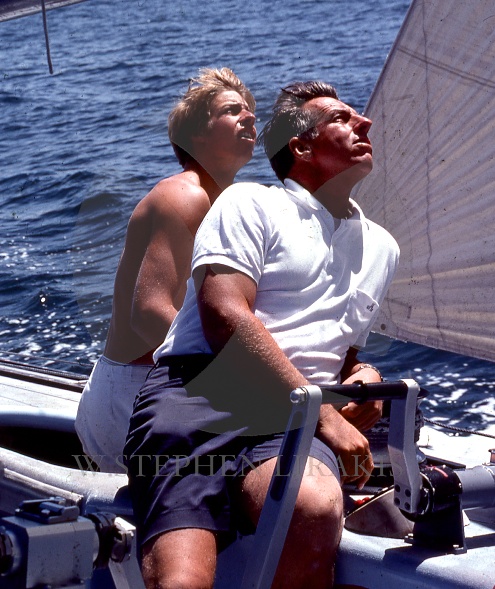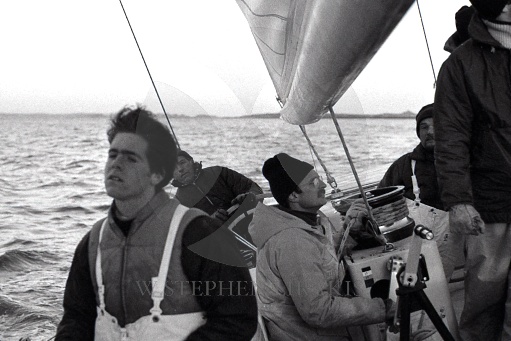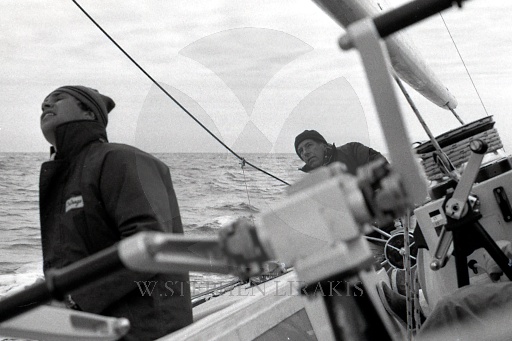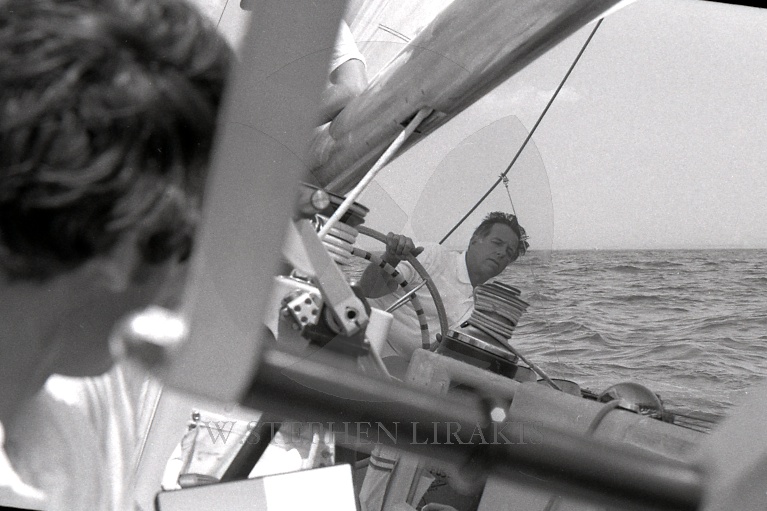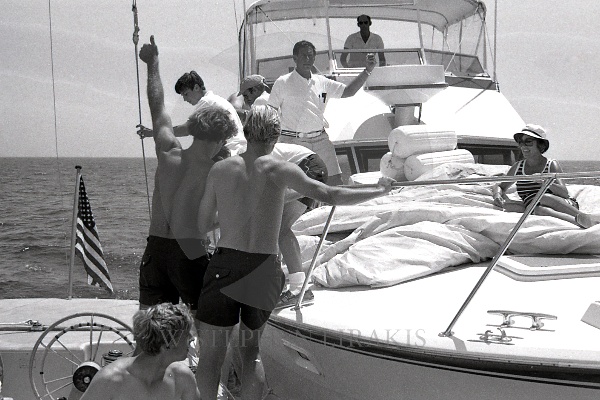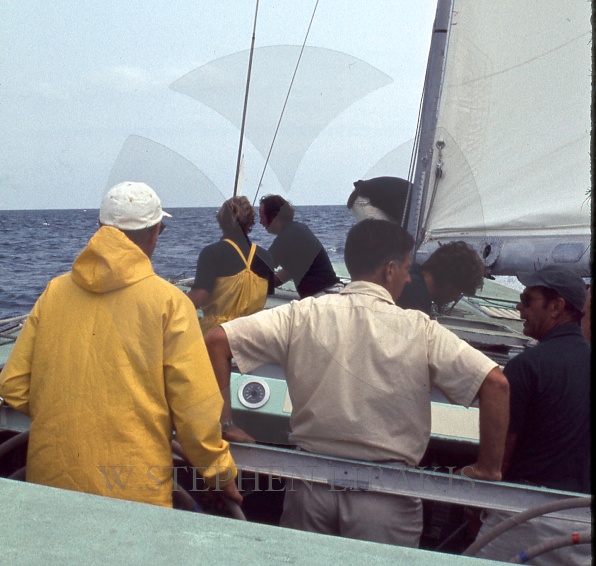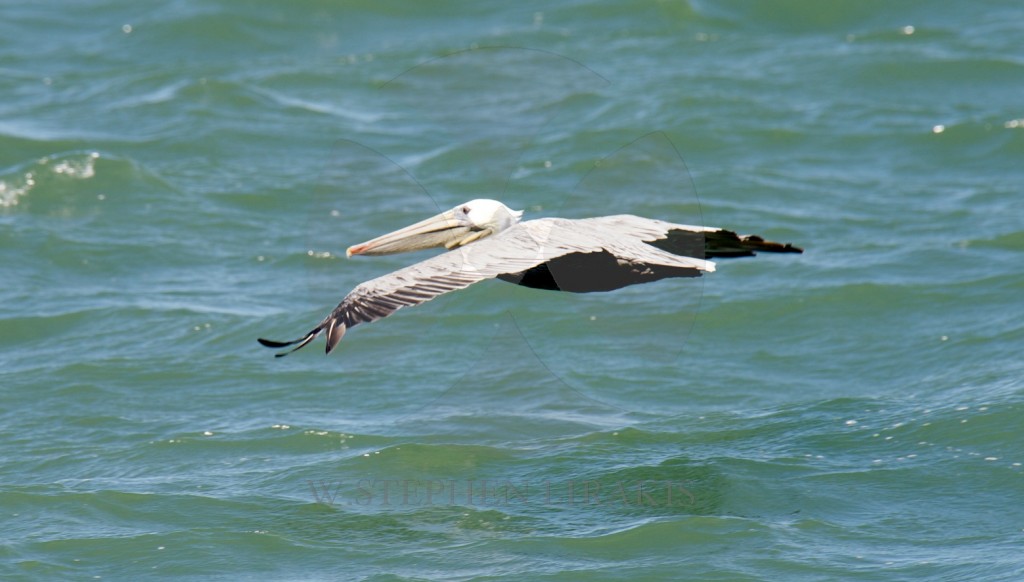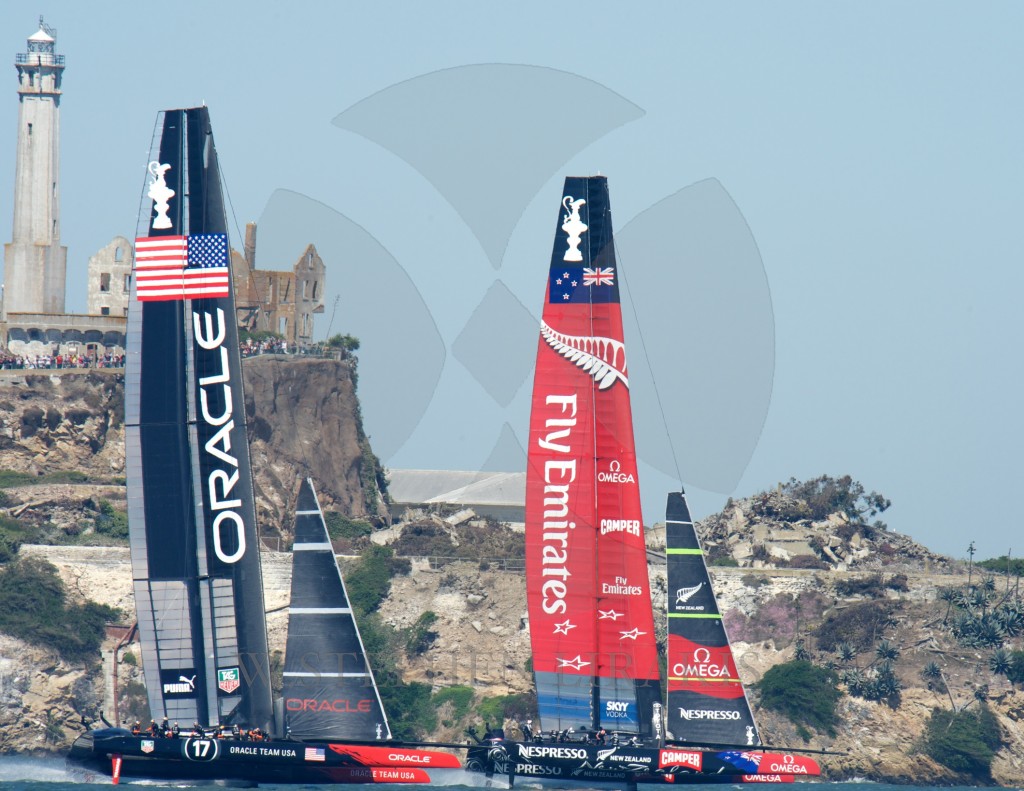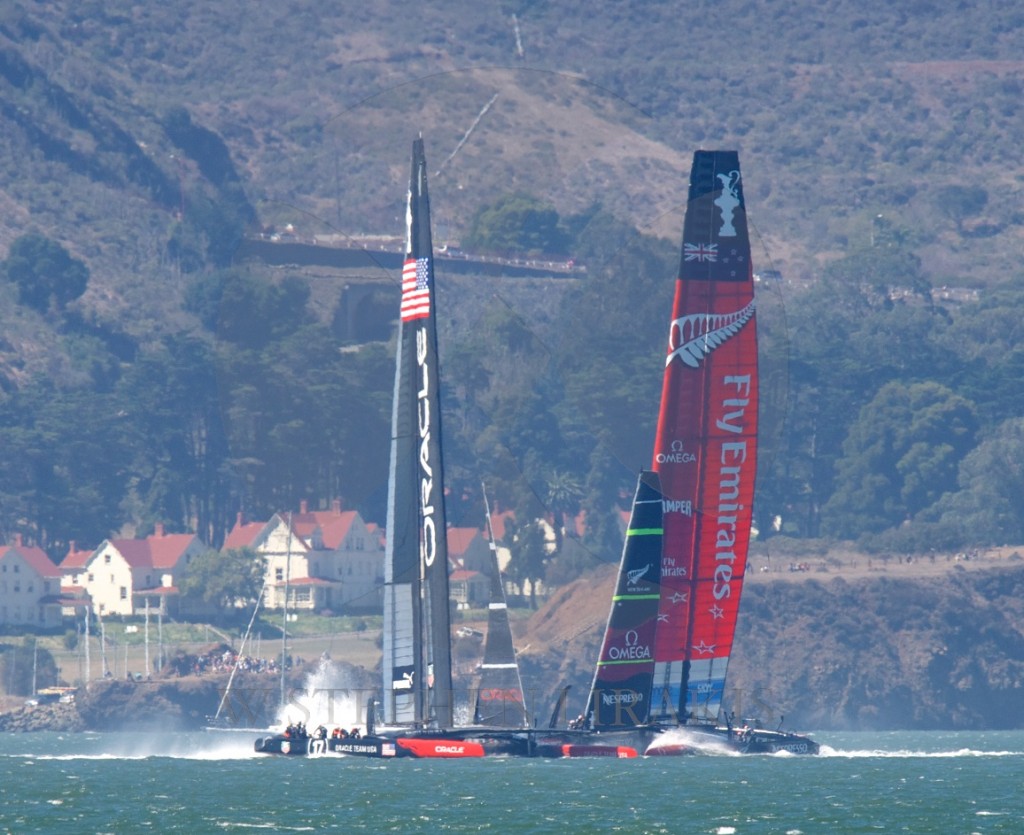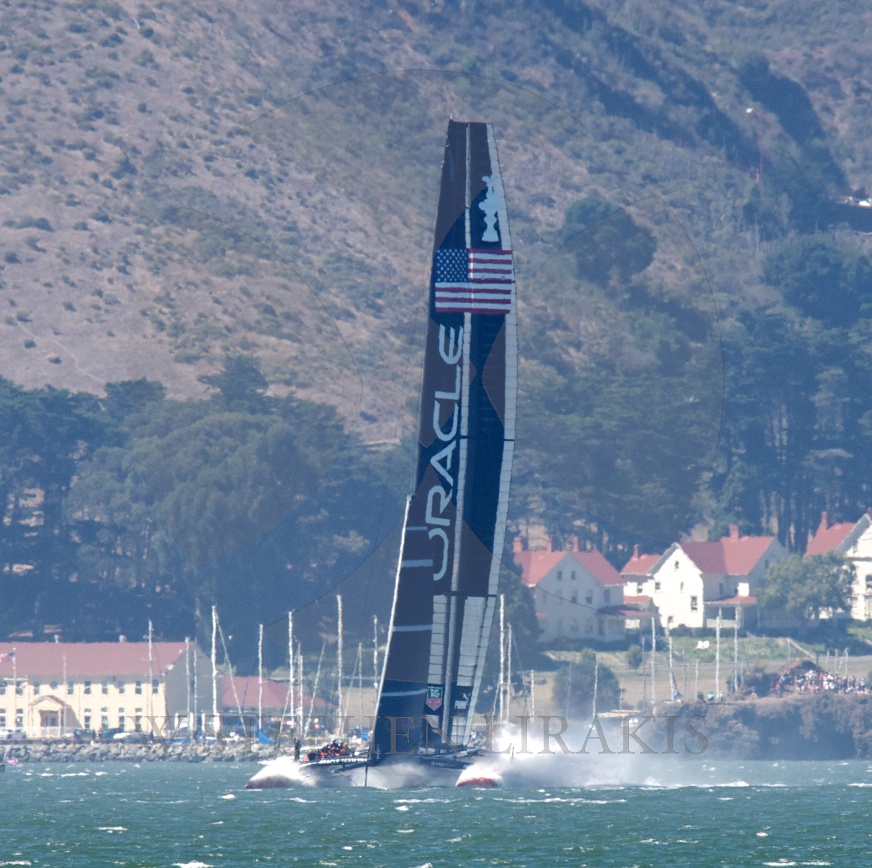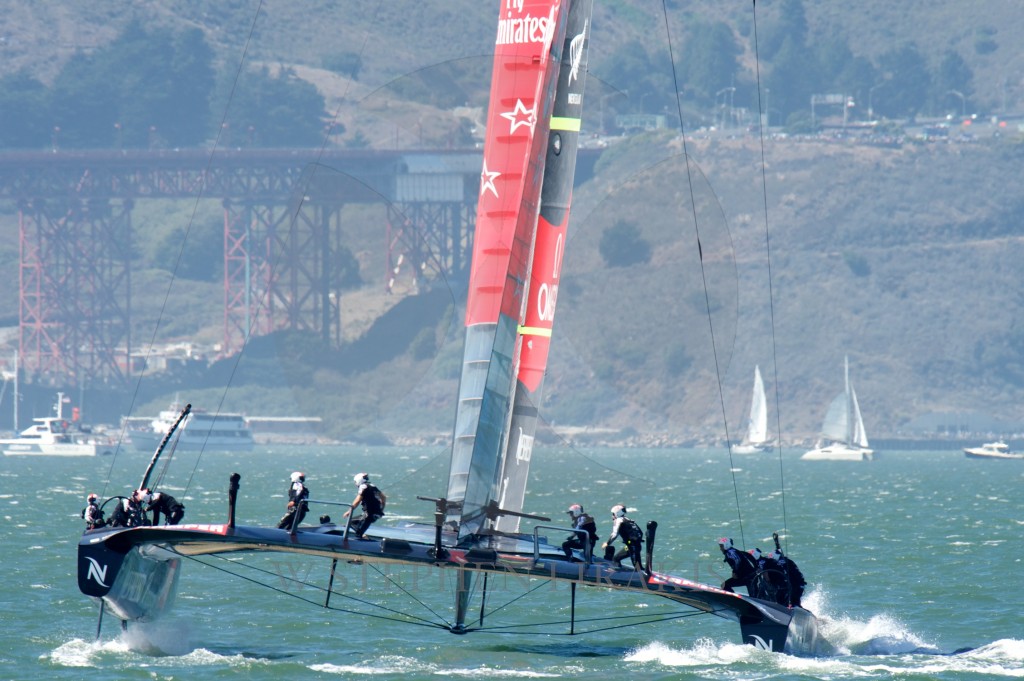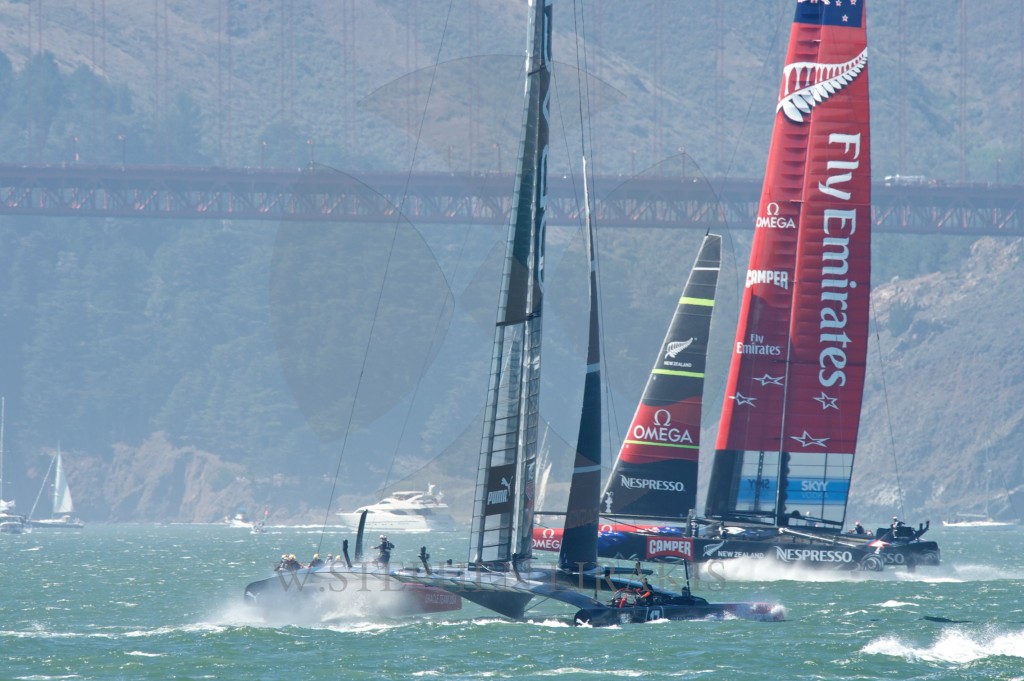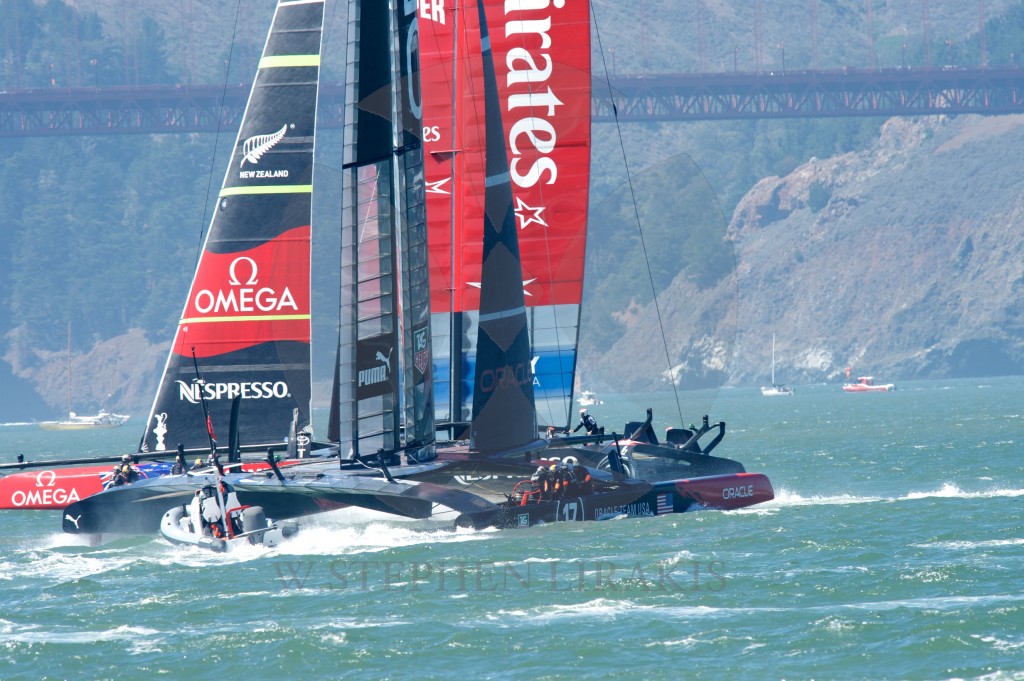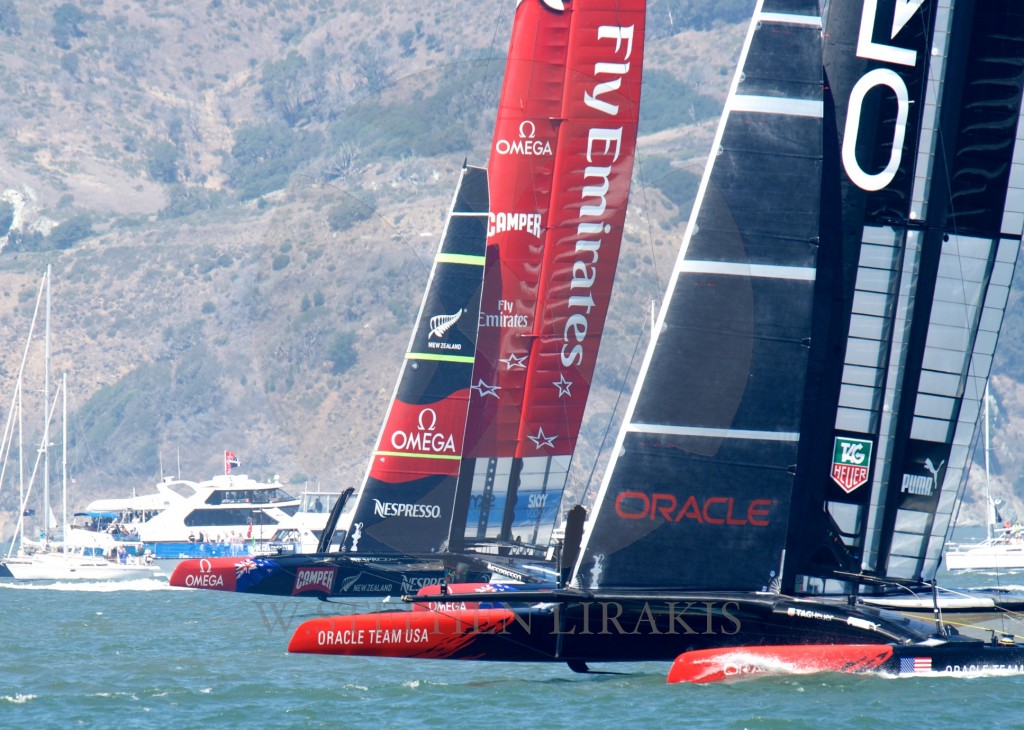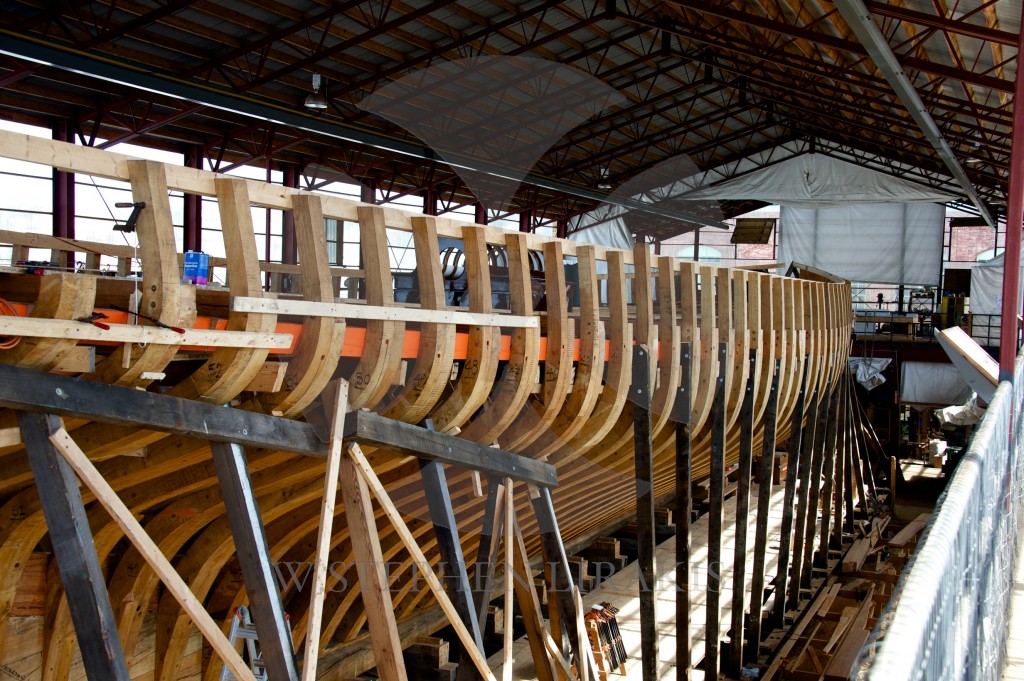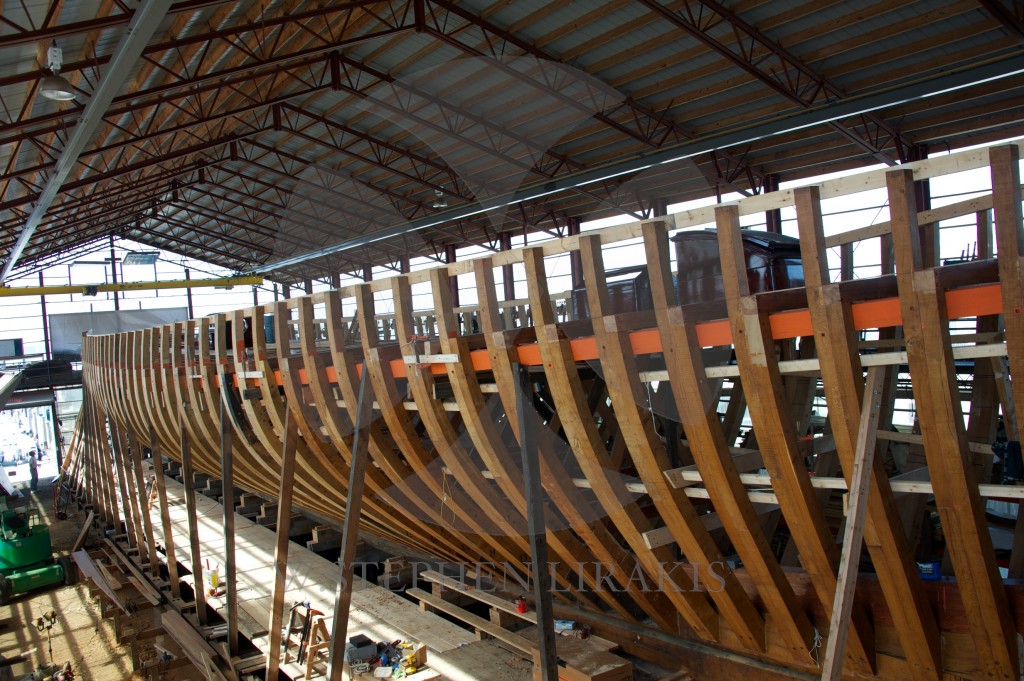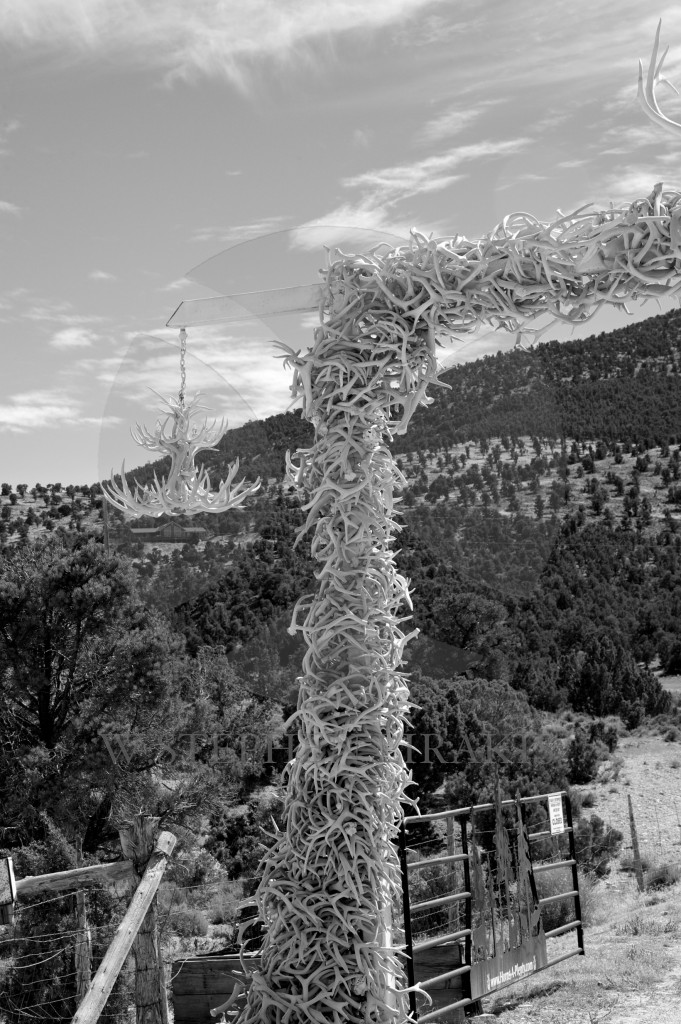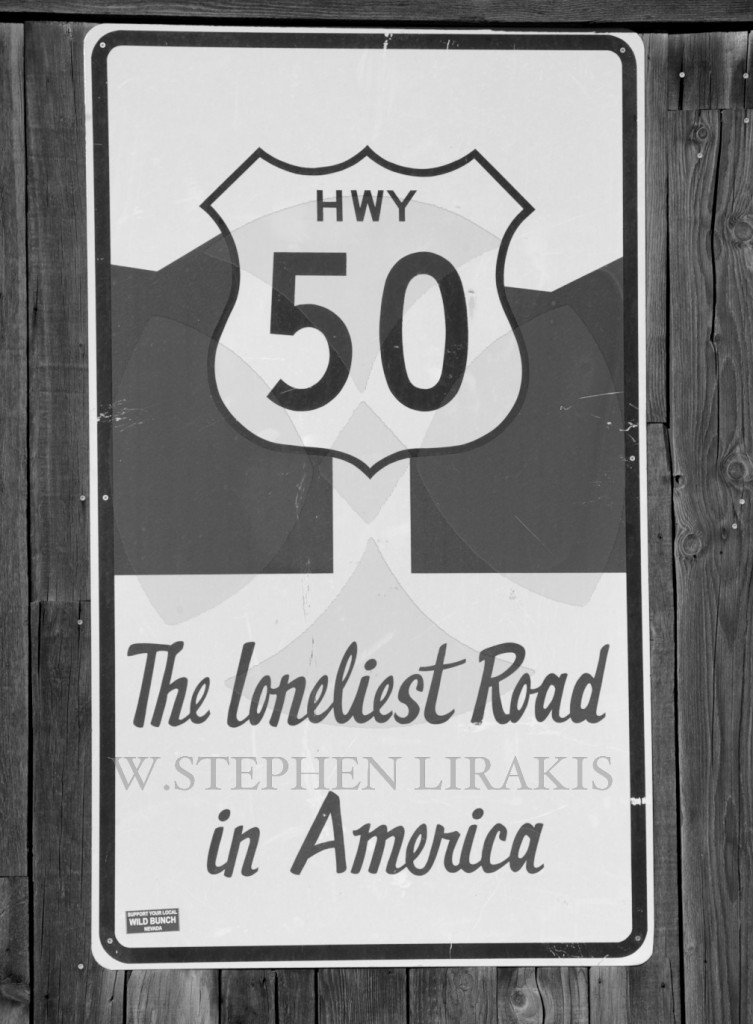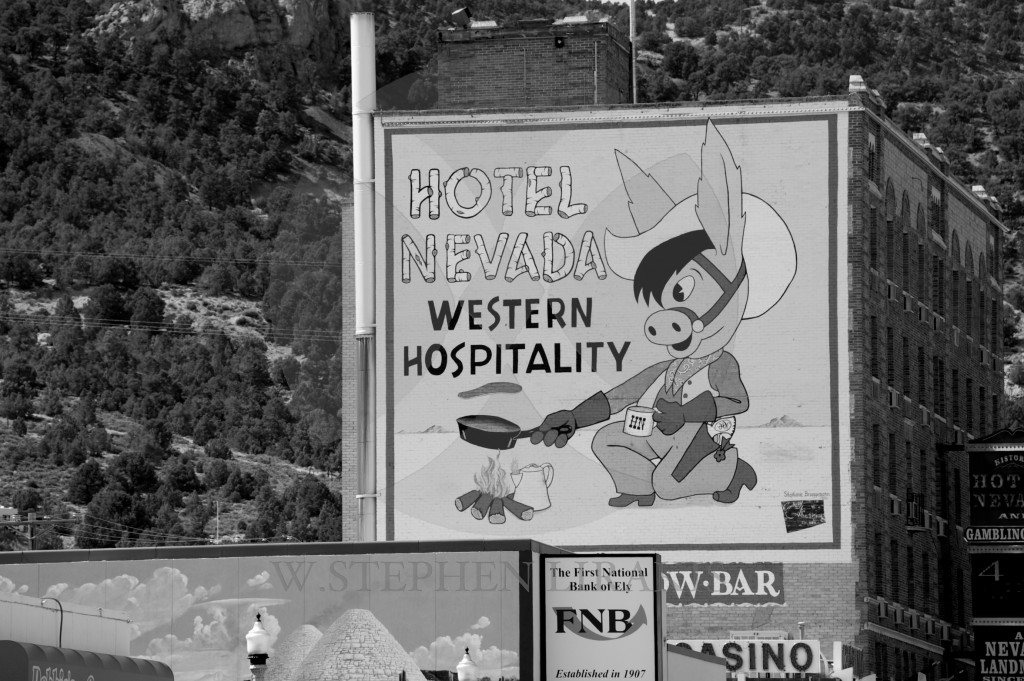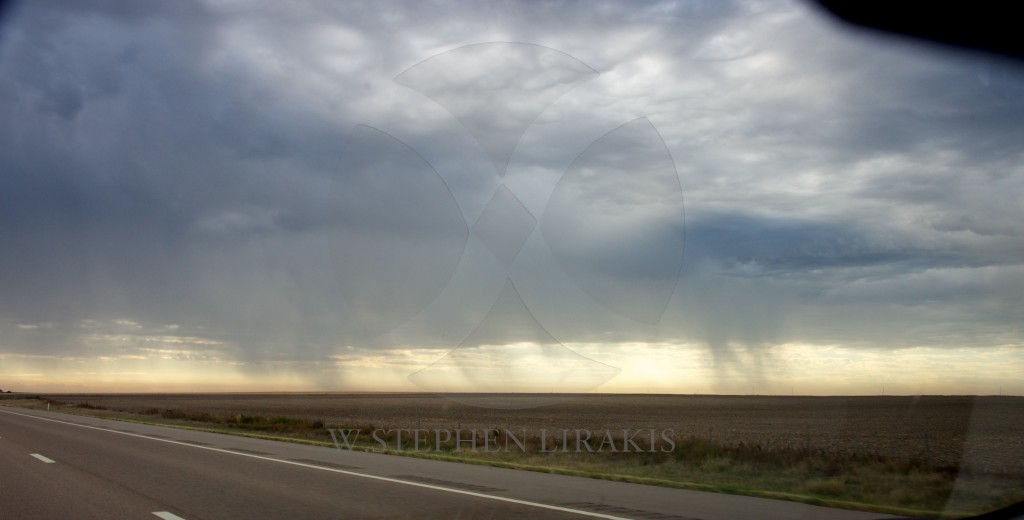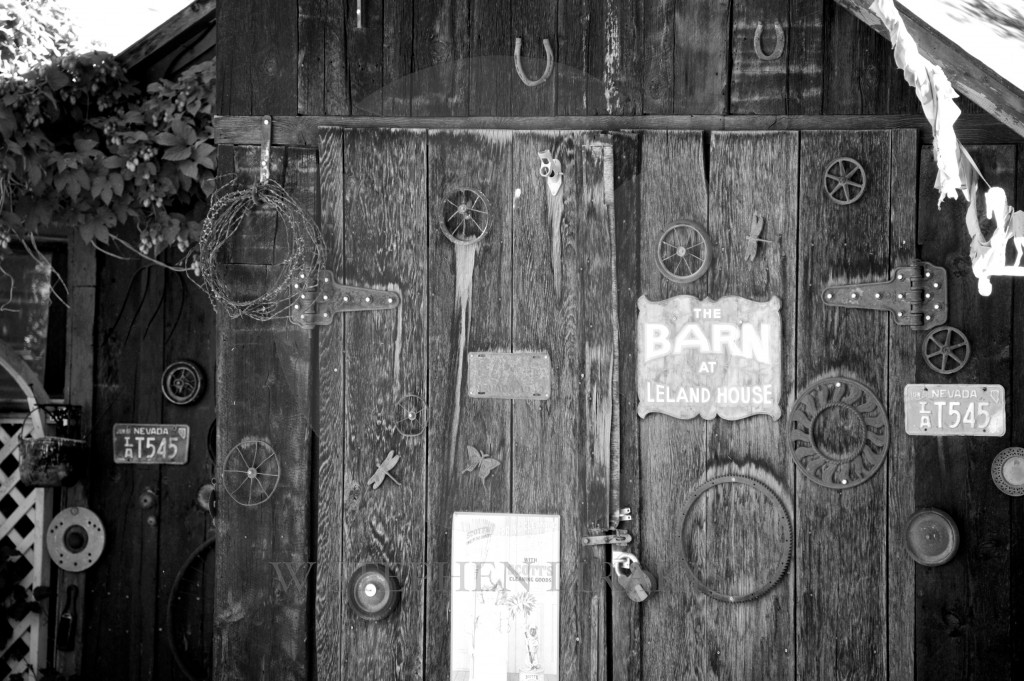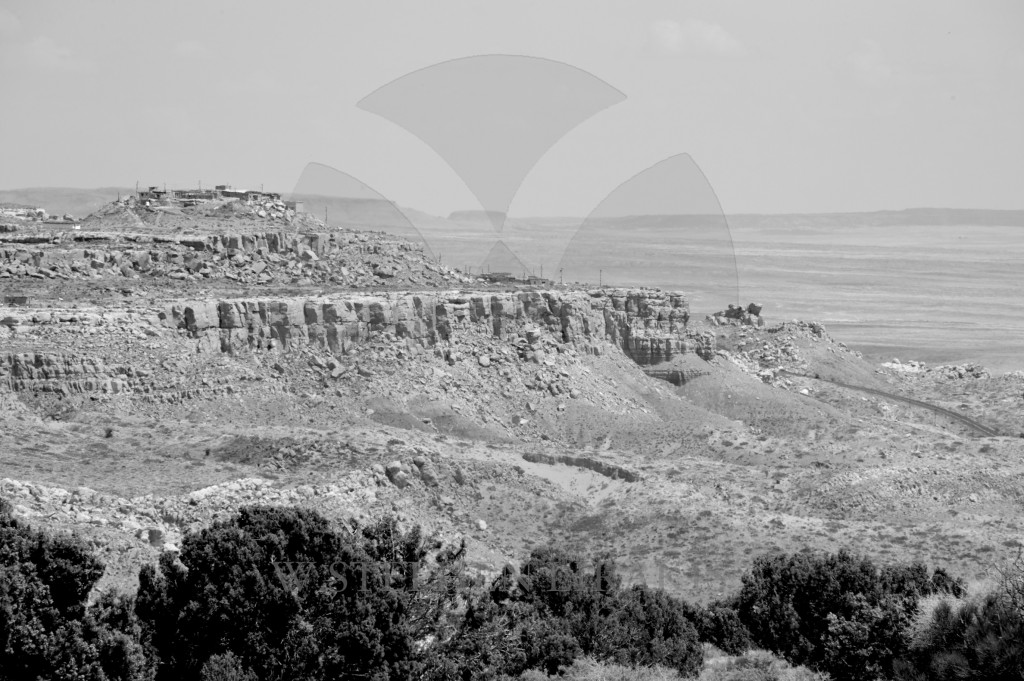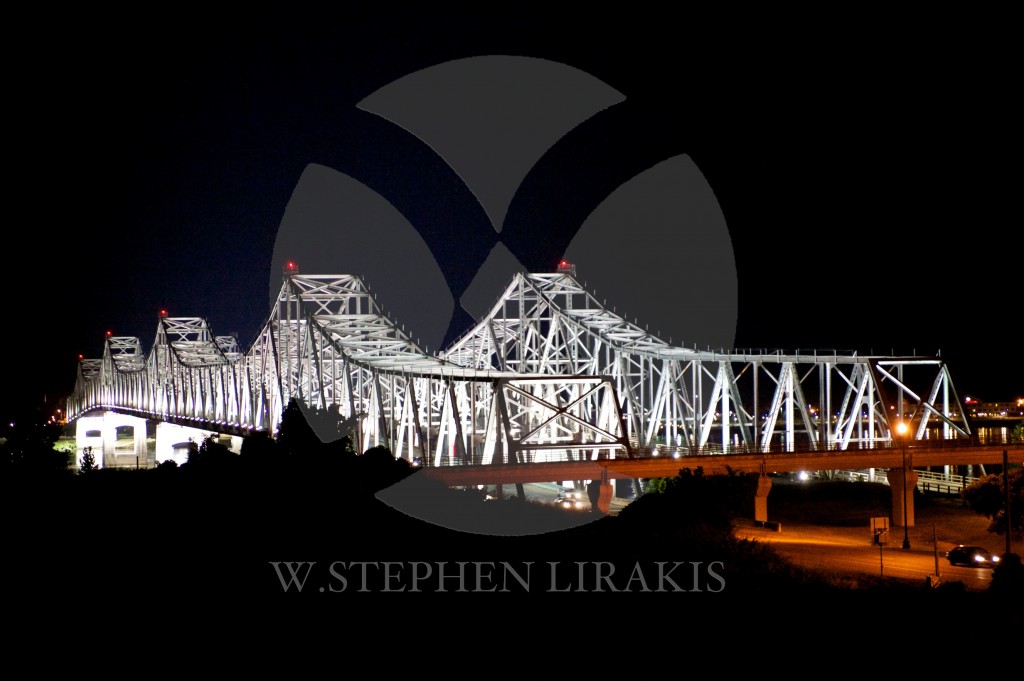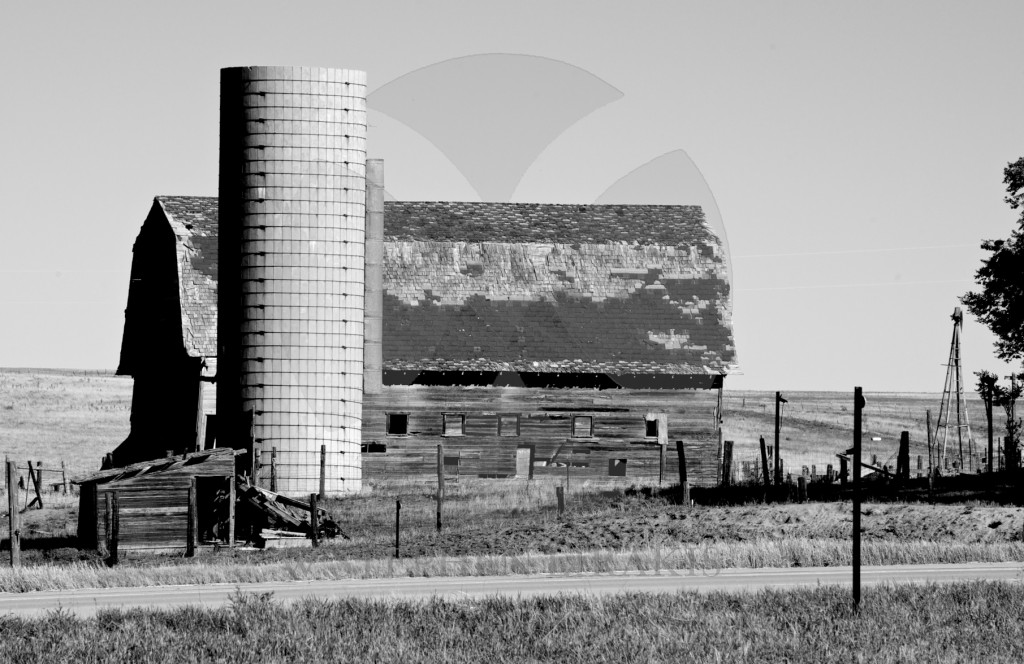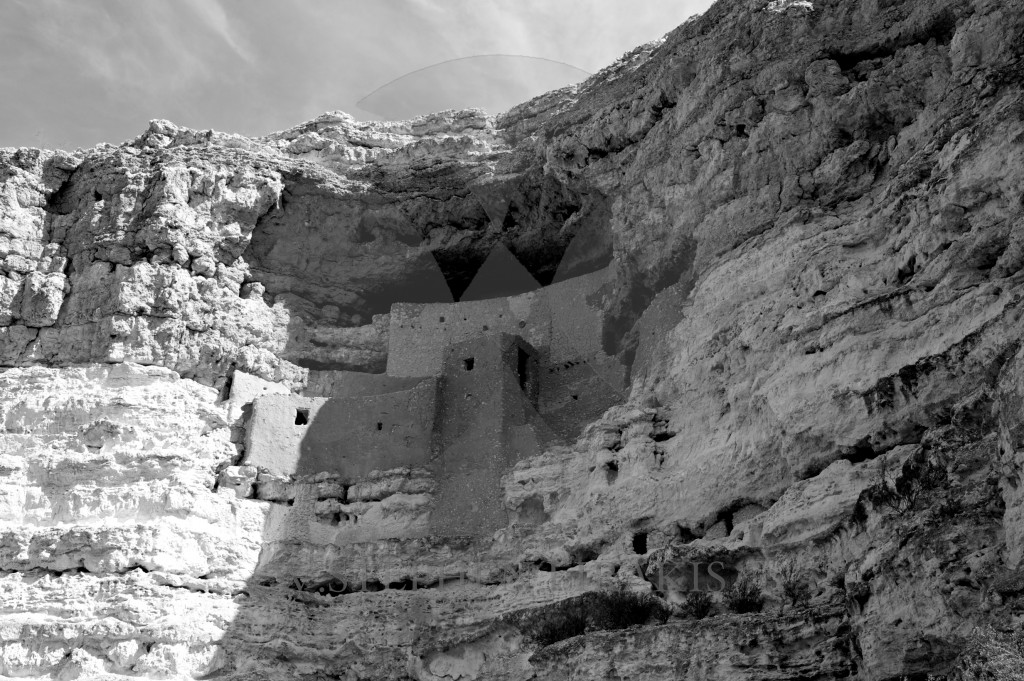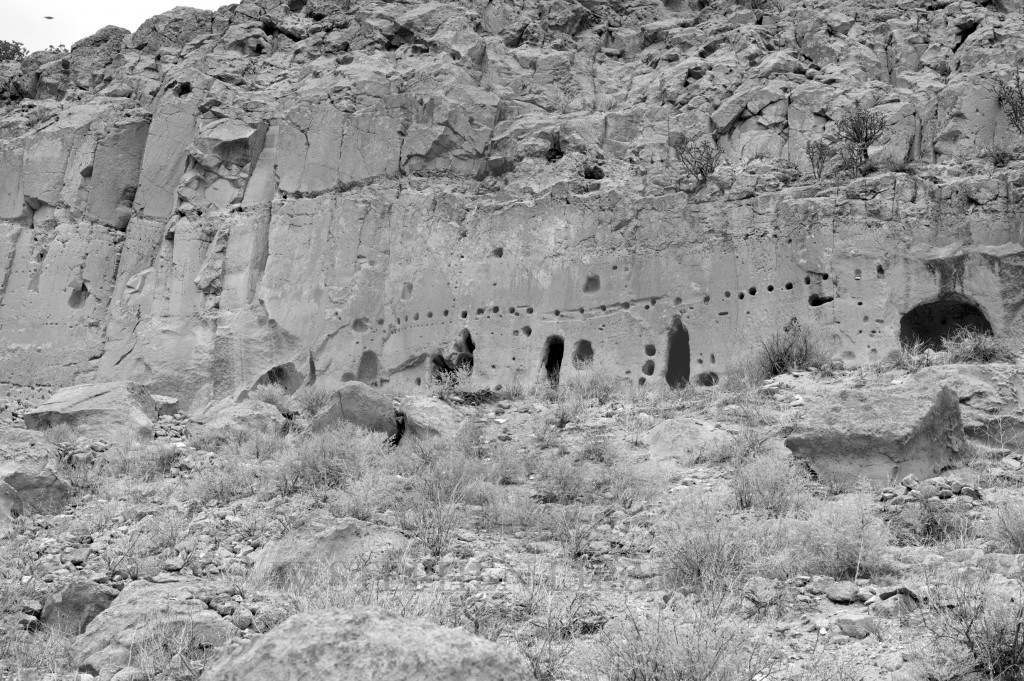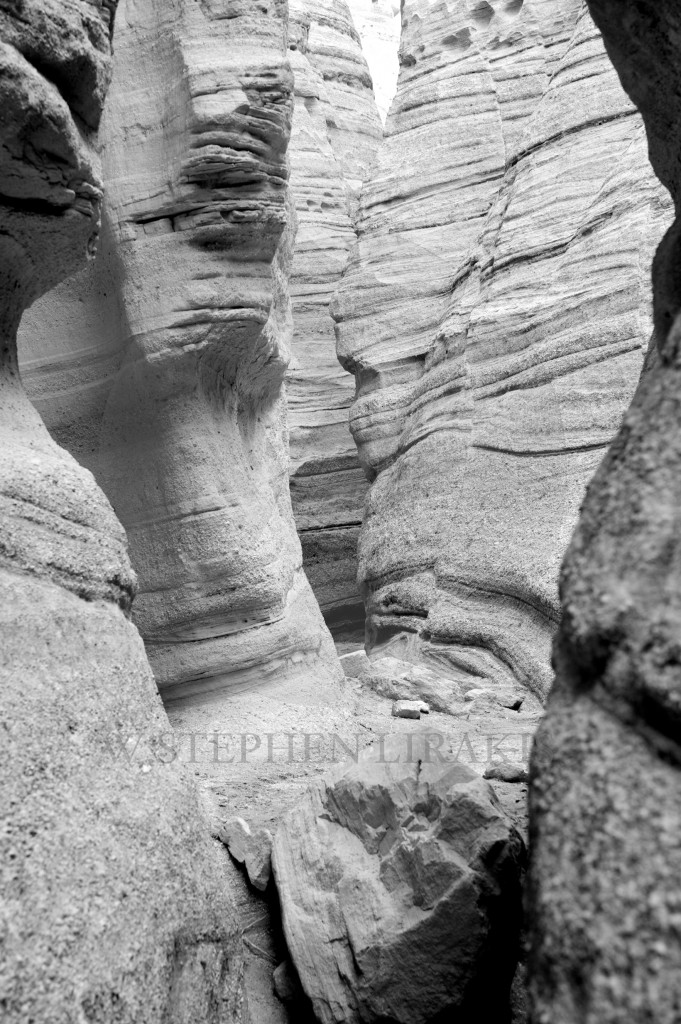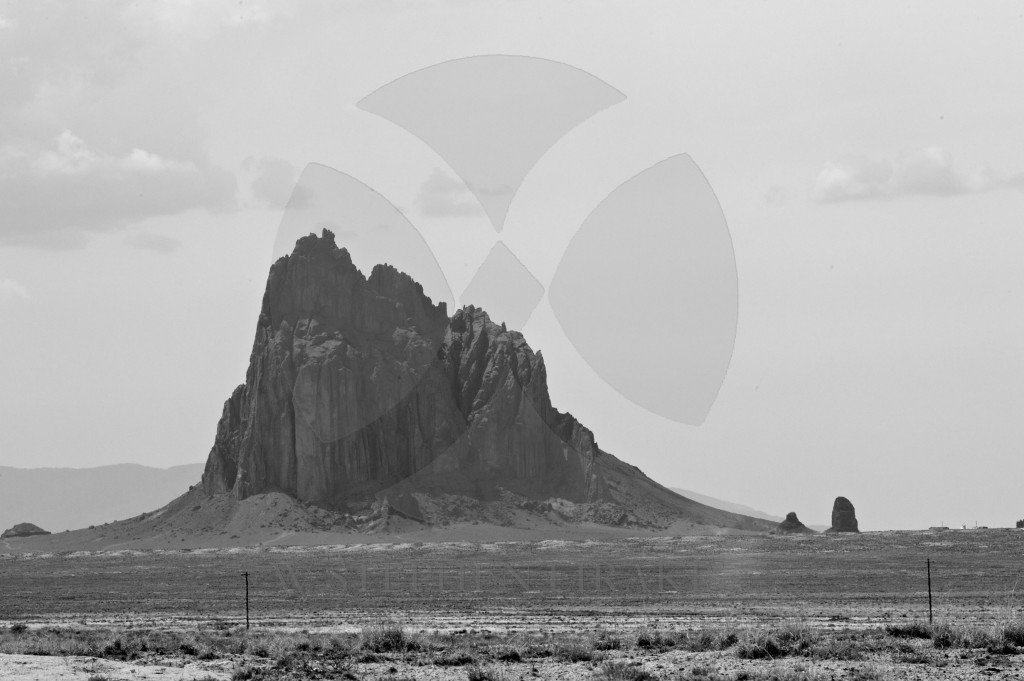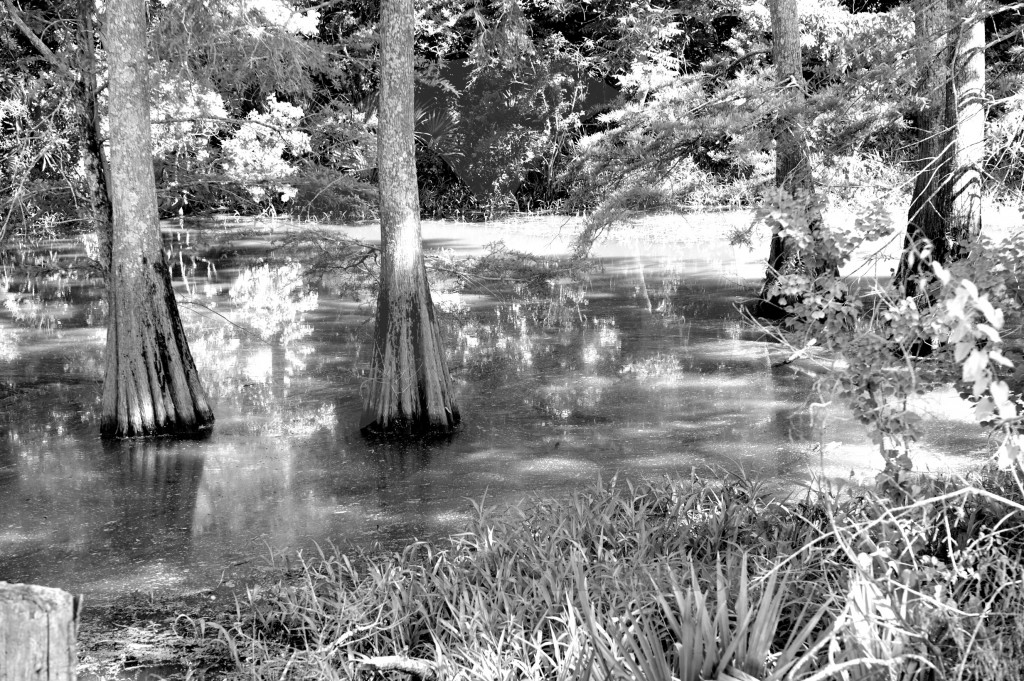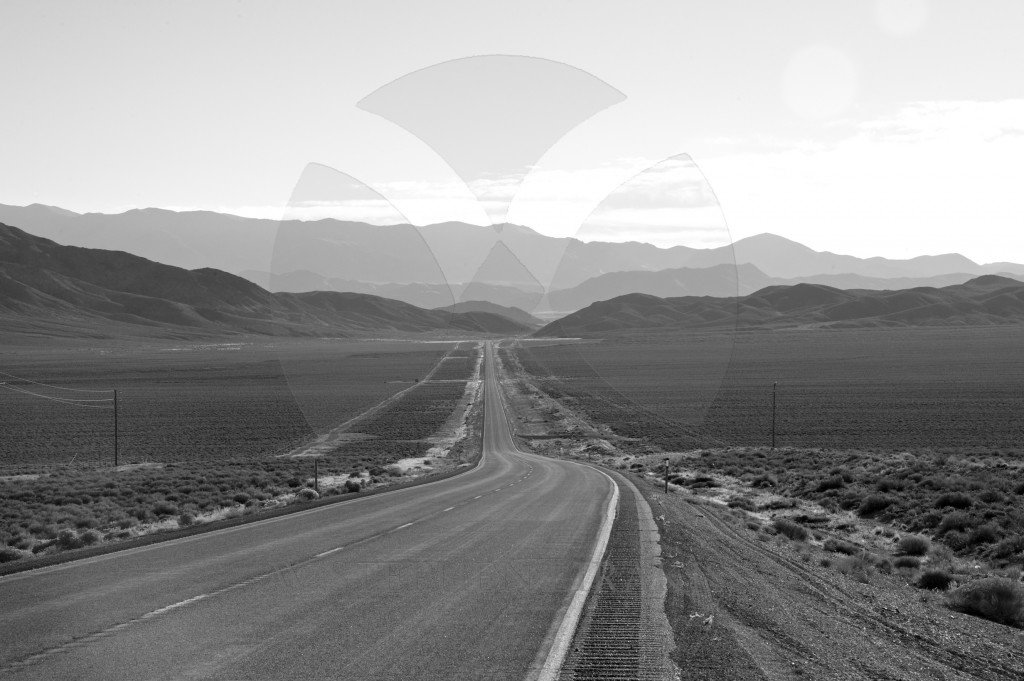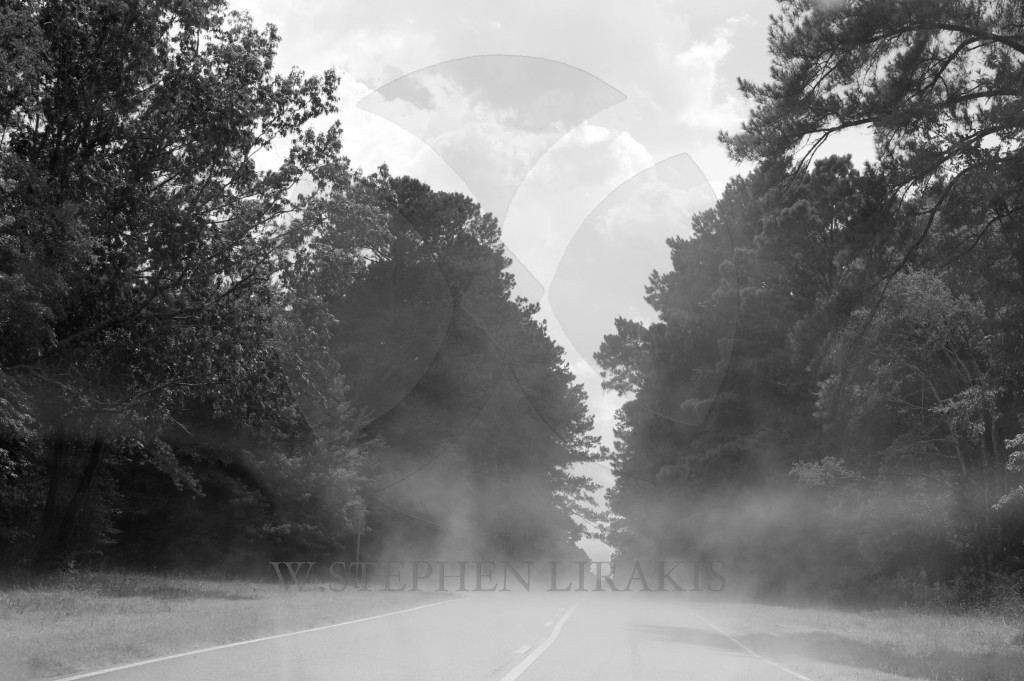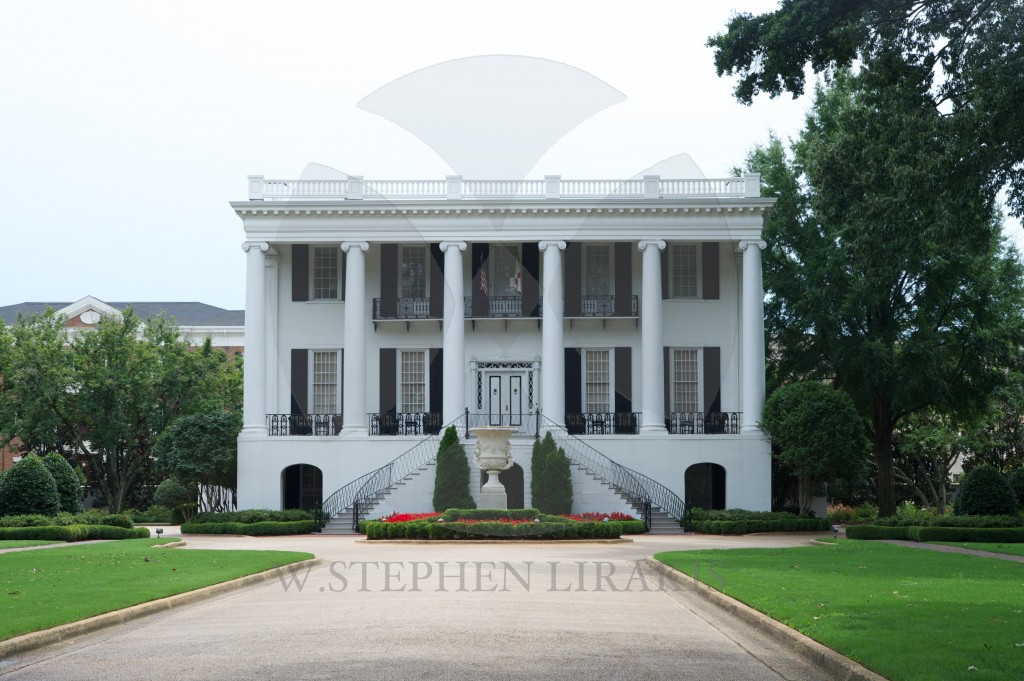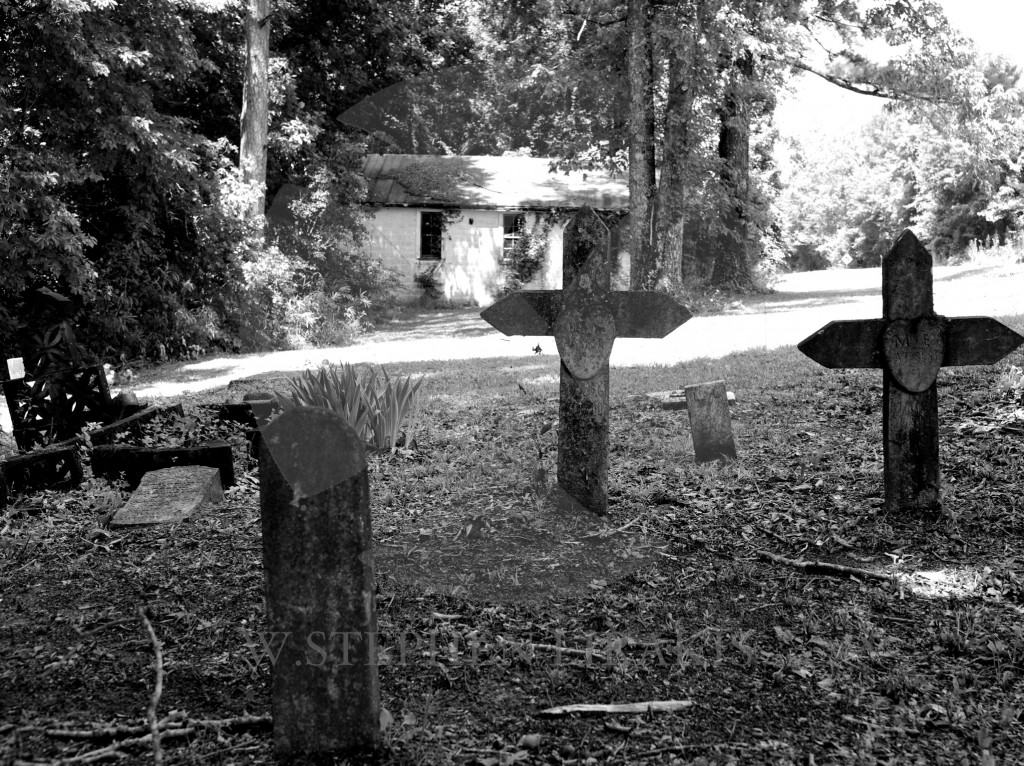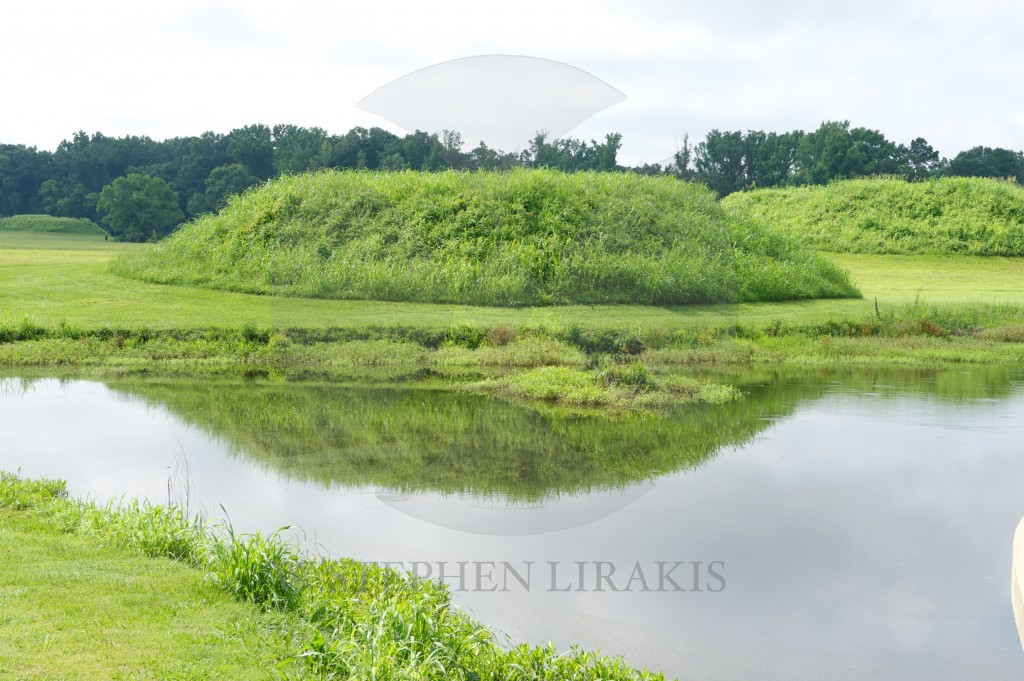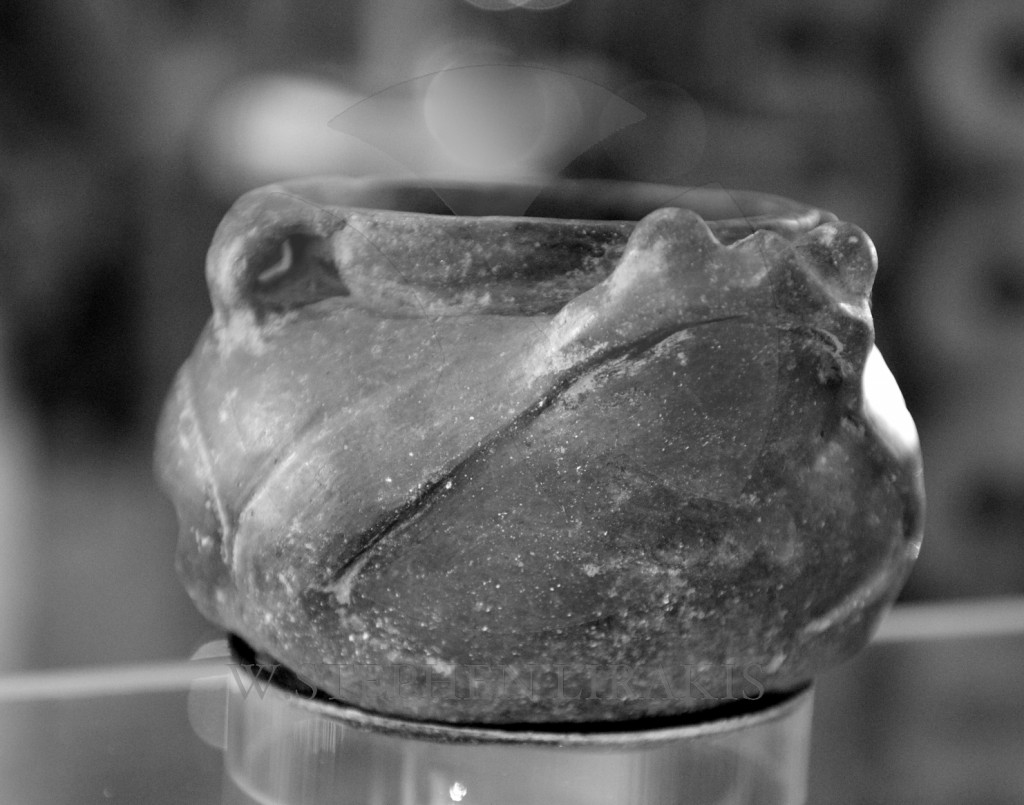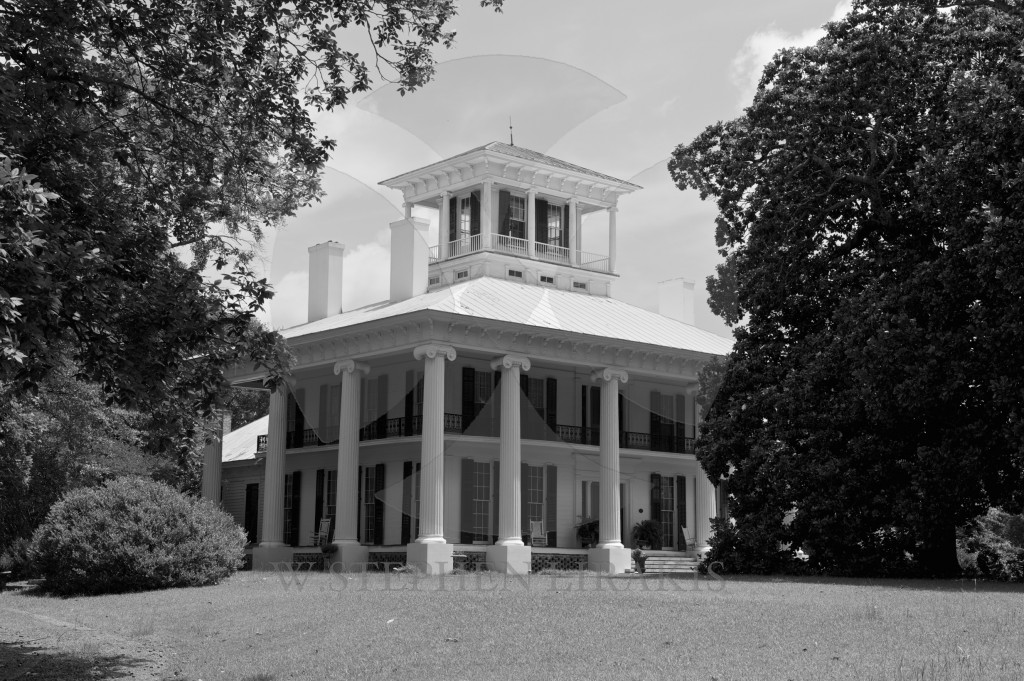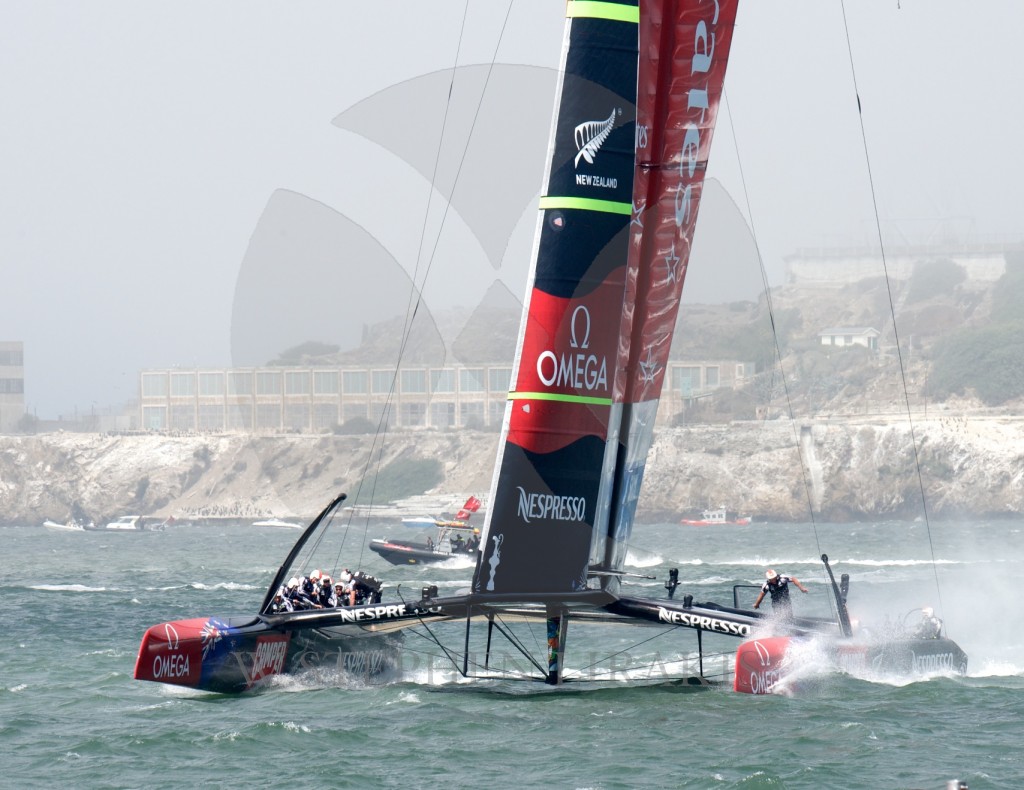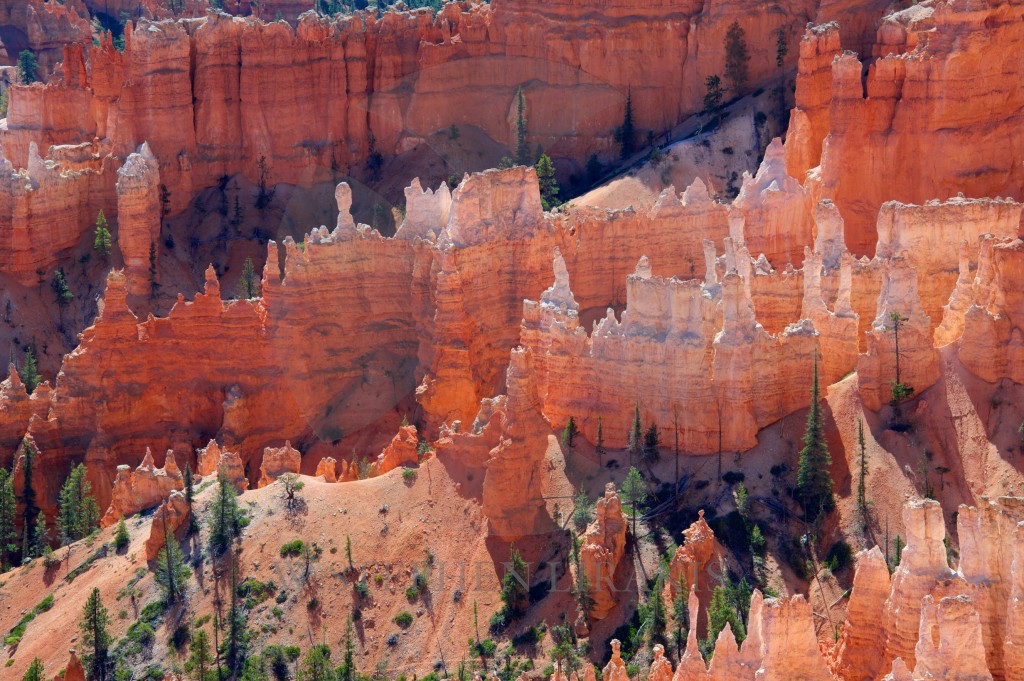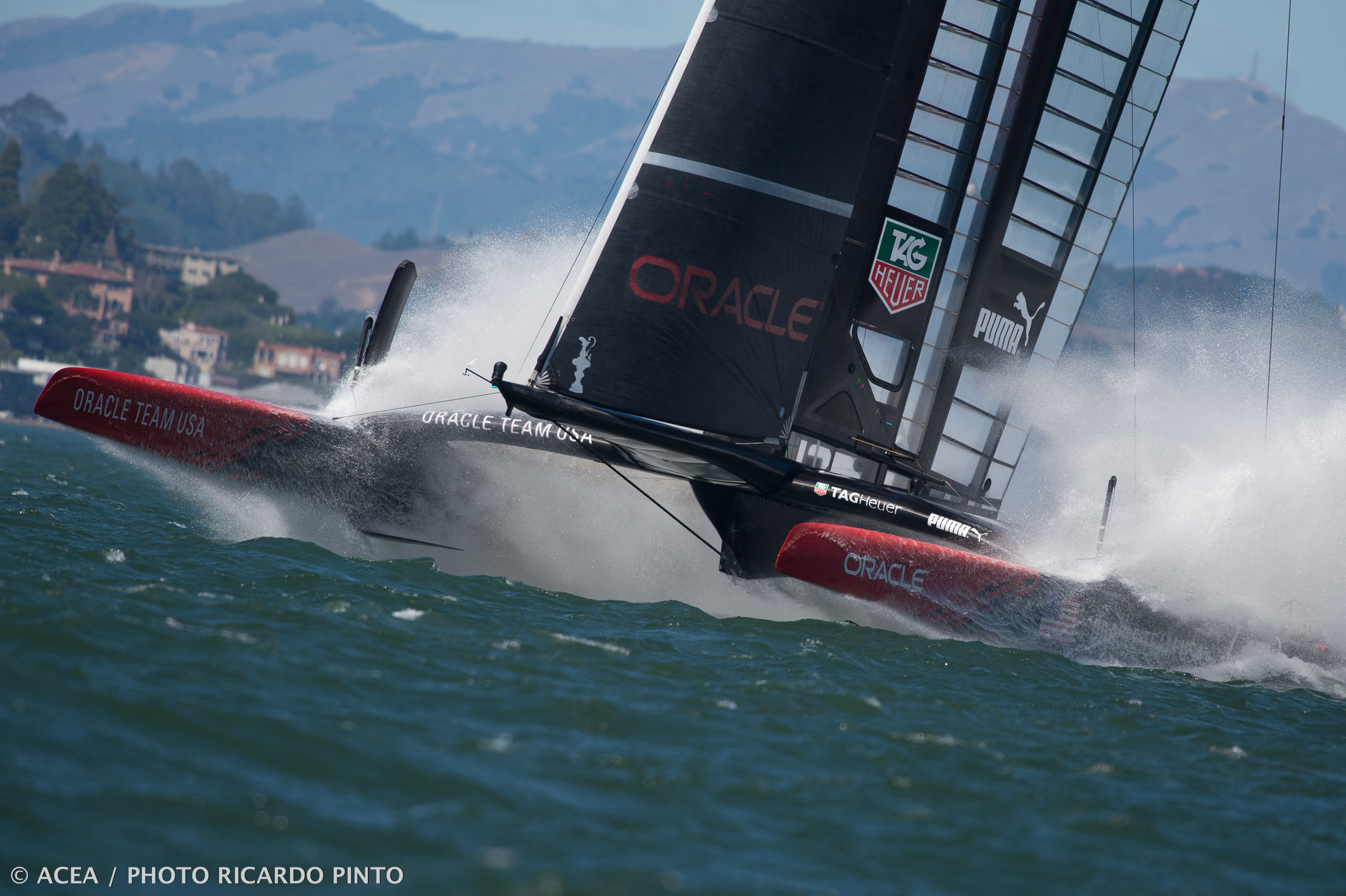As America’s Cup followers watched in wonder at the speed gains made by Oracle Team USA, attention turned to the influence of technology on the performance of the spaceage catamarans.
It may or may not ease New Zealanders’ pain to learn that one of our own masterminded the computer programs that underpinned the American boat’s comeback from the netherworld.
Computer whiz Asim Khan oversaw Oracle Racing’s immense database, developing the hardware and software systems that fed “live” performance data to the crew and helped unlock the secrets to performance gains before and during the regatta.
“These are complex boats – their performance doesn’t just happen,” Khan told the Weekend Herald from Oracle Racing’s San Francisco base.
“That big data definitely helped us turn our fortunes around because without it [helmsman] Jimmy [Spithill] would have just been going on intuition.”
Since Oracle’s victory, international media have honed in on technology in the search for answers to Oracle’s remarkable improvements in upwind speed and stability in the second half of the regatta – some implying the fastest computer won the Cup.
The focus on IT is unsurprising given that the winning boat is the flagship of the world’s leading business database company. Larry Ellison’s resources undoubtedly helped Oracle Racing’s brains trust engineer the improvements – but the data they relied on was entrusted to a 32-year-old from Pakuranga who has rarely set foot on a yacht.
Khan has spent nearly 10 years with Oracle. The computer science student was working on a building site in 2001 when he answered a Student Jobsearch ad placed by Oracle’s fierce rival, OneWorld, ahead of the 2003 America’s Cup in Auckland. He liked the outdoors but was firmly focused on terra firma, knowing little about sailing when he took the holiday job – and nothing of the sailing legends he was working with, including an Australian prodigy called James Spithill. But they made him feel welcome.
When time came to resume his studies, the syndicate, part-financed by Microsoft mogul Paul Allen, told him he was indispensable – until OneWorld was eliminated and he went back to Auckland University to finish his degree.
On his OE a couple of years later, he started getting phone calls about the next America’s Cup and eventually signed with Oracle. Ten years on, he still doesn’t fill out the Oracle Racing suit in the way the sailors do and he’s still happy to watch from the shore. Most days, he says, the sailors returned heart-in-mouth. “It’s scary.”
The advent of the wing-sail cats and other advances have brought an “order of magnitude leap” in the live data transmitted from each boat, he says.
“Back in the 2003 Cup the team were still transitioning from video tapes – the sailing coach could spend all weekend looking at the 10 best tacks one after the other and comparing them to the 10 worst tacks. Now we can do that instantly whilst overlaying the data, images and audio with just the click of a button.”
From backing up about 4 gigabytes of data on a single DVD after Oracle’s 2007 campaign, Khan estimates he’s collected “in the order of 300gb” this time. “On a daily basis, you can’t really analyse it unless you’ve got really good tools.”
He credits new hardware added in April for a “10-times” speed improvement on some tasks and faster wi-fi connections for the onboard crew.
With more than 300 sensors mounted on the boat, the speed with which performance data is conveyed and analysed is vital, he says. In trialling, data is relayed to the chase boat, the “analytical hub” where the performance team can call and monitor the impacts of various changes.
“We’ve got about 3000 variables running about 10 times a second when we’re sailing, from sensors that measure strain on the mast to angle sensors on the wing sail that monitor the effectiveness of each adjustment.”
But in racing, the telemetry “black box”, which allows remote control of boat componentry, is removed and the sailors rely only on data measuring the boat’s performance and weather and tide information sent to their tablets and PDAs – the wristwatch-like monitors worn on their sleeves.
“It’s quite customised – each person is looking for different information. Grinders may be interested in hydraulic pressure so they can redirect power to a foil and the trimmers in checking the sheet load so they don’t break anything while they’re pulling on a rope.”
In a pre-regatta statement, grinder Gilberto Nobili said, “We drive the boat basically on numbers, so it’s a big problem to have information that is even seconds late. The foiling requires real-time information that needs to be really accurate.”
Some of the media focus on technology has had a sinister edge: could Oracle’s speed gains have been computer-assisted, illegal under yacht-racing rules that require only manual adjustment of components? Like others in the Oracle camp, Khan is quick to dismiss the talk of computer-controlled stabilisers to improve Oracle’s upwind foiling ability.
He says the physical tweaks during the regatta – including changes to the rudder foils, wing sail set-up and other modifications – stemmed from a combination of technical and sailing knowledge and data analysis.
A lot of the improvement was down to the sailors improving their techniques, particularly when tacking and gybing, he says. “But that could not have taken place without the data and applications that we have in place. Jimmy [Spithill] and [sailing coach] Philippe Presti spent hours and hours late into the night poring over video, images, audio and data of hundreds of previous manoeuvres and hundreds of Team New Zealand’s manoeuvres. The tools that our team developed meant that they could do this incredibly quickly.
“To me, there wasn’t a lot of change in straight-line performance during the regatta, but there were gains in the tacks and gybes and better balance and that was more because of technique. A lot of things, such as changes to the rudders, were born out of analysis. But there wasn’t anything magical that we found in the data. There were just a lot of small incremental changes.”
He believes, however, that Oracle had technological advantages over the New Zealand boat in a couple of areas – “although I’m not familiar with Team NZ and how they operated their boat.
“I can’t tell you what our systems were [for competitive reasons] but I think one area in which they suffered was with daggerboard control.”
A month before the regatta, Oracle was cleared to use an electro-mechanical device to open a hydraulic valve when adjusting the daggerboards. “It’s quite a complex area with several variables and it’s one of the things we solved quite well. One of my colleagues did a pretty exceptional job there. There were certainly improvements in our acceleration out of manoeuvres. At the start of the regatta we had a lot of leeway which affected our fast mode. Later, we changed some settings, which improved things in higher wind.”
Khan says that while the technology has leapt ahead, there’s room for further developments to help the boats go faster. “There’s one or two tools that, if I’d had more time, would have allowed an evolution in the software packages.
“To be honest, I think the wish-list of what I’d like to do will always be longer than what I’ve got time to do. When my wife phones to ask me when I’ll be finished, I tell her I could work for 10 years and not be finished.”
He’s married to Katie, a friend from school days he ran into on a visit home. She joined him in San Diego ahead of Oracle’s 2010 challenge. They have a 3-year-old son. They’re looking forward to a post-Cup break that will involve a summer in Auckland, where Khan will venture on to the water – but on something a little slower than a high-tech catamaran.
He says nothing is set in stone about Oracle’s next Cup defence. “I guess I’m going to be unemployed but I’m not immediately looking for work.
“I’ve got a few ideas for IT projects I want to look into and if I get bored I can jump on my paddleboard.”
Top students
Just as Kiwi boatbuilders, componentry manufacturers and sailors contributed greatly to the rival America’s Cup syndicates, Asim Khan’s involvement and that of other graduates has the University of Auckland basking in the Cup afterglow. Engineering graduate Kevin Borrows worked with Kahn as Oracle’s aerodynamic analyst. Another engineering graduate is CEO Russell Coutts, while Emirates Team New Zealand had ex-Auckland engineers Nick Holroyd, Burns Fallow and Chris Blake in design, instrumentation and technical roles.
Team New Zealand had an exclusive deal with the university’s Yacht Research Unit and wind tunnel and unit manager Dave Le Pelley assisted in aerodynamic and instrumentation work.
But Khan stresses the international flavour of Oracle’s performance-design team: his IT unit includes three Spaniards responsible for onboard software design, and Italian grinder Gilberto Nobili who programs the on-board PDAs and tablets. Khan was responsible for the database and wrote performance analysis software. He wore another hat as IT director, responsible for the databases for Oracle Racing websites and event information systems.
